Scientist of the Day - Archibald Geikie
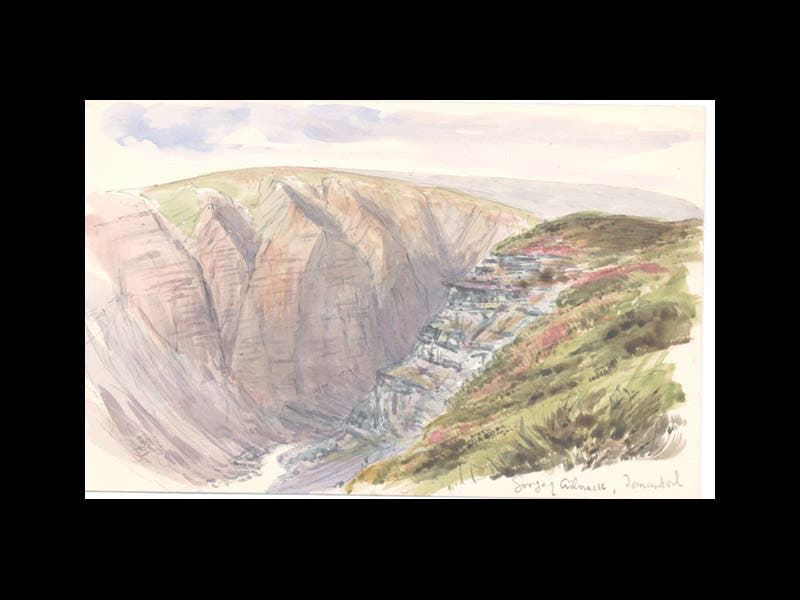
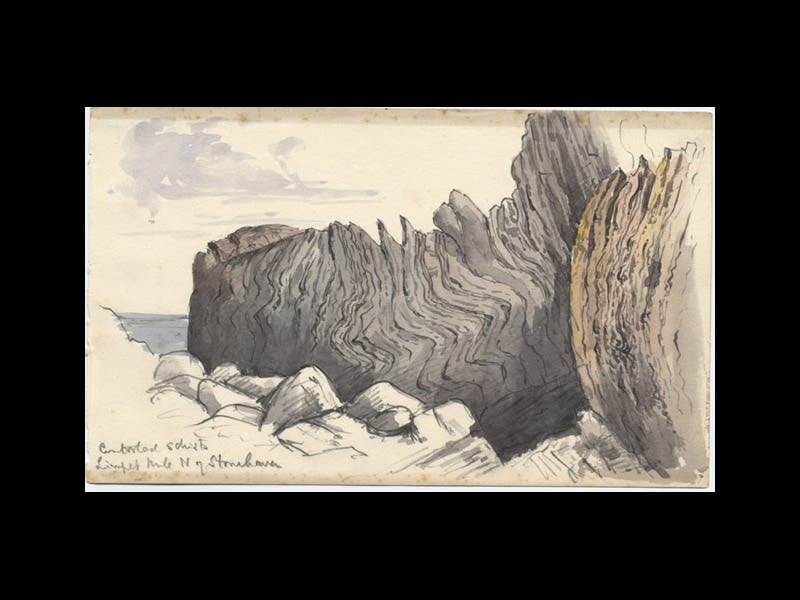
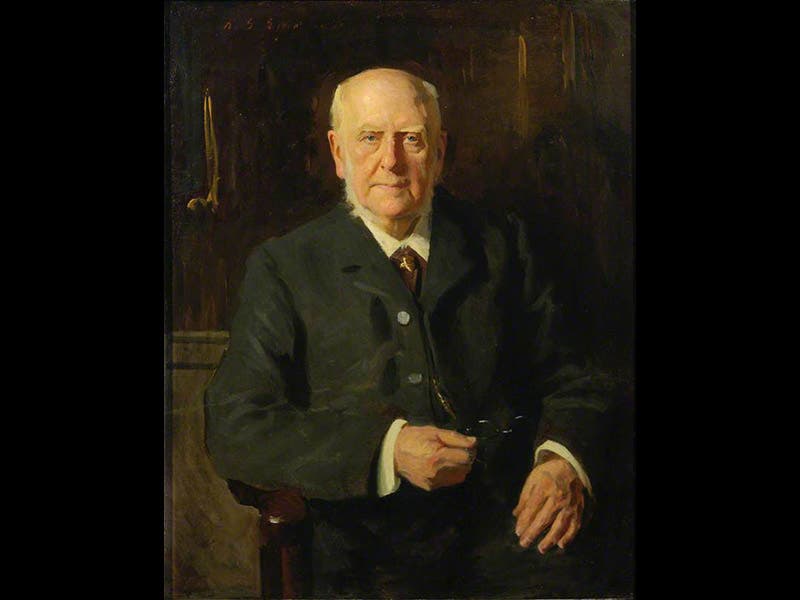
Archibald Geikie, a Scottish geologist, was born Dec. 28, 1835. Geikie was one of the first geologists to attempt to figure out the origin of the igneous rocks of the western isles of Scotland, known as the Hebrides (Fingal's Cave, on the island of Staffa, with its huge basalt columns, would be a dramatic example of such an igneous puzzle). In other places, like the Auvergne region of central France, basalt is associated with extinct volcanoes, but there are no such volcanoes in Scotland, so either the volcanoes have been entirely eroded away, or the basalt came instead from fissure eruptions, such as commonly occur in Iceland. Geikie opted for the eroded volcano theory, proposing that the nearby isle of Rum was once a large volcano, whose lava and basalt produced the islands of Staffa, Mull, and even the famous Scuir of Eigg.
In 1867, Geikie became director of the Scotland Geological Survey, and later, in 1881, the Director of the Survey for the entire United Kingdom. Just before he assumed the later post, Geikie took a trip to the United States to study the geology of the Americas. He sailed to New York, got on a train, and a week later saw the Rockies rising out of the Great Plains. He commented, in an essay he wrote on his trip, that if you could just collect all the geologists of Europe, who were still squabbling over whether rivers could excavate valleys, and dump them on the rim of any of the great Western canyons, the discussion would be over. His only recorded impression of Kansas City was that the Missouri River was the brownest, muddiest river he had ever seen (this was in August). He probably did not know about its nickname, the “Big Muddy." You can read Geikie's impressions of America in his Geological Sketches, at Home and Abroad (1882), which we have in the History of Science Collection, along with a number of his other works.
Geikie also had a keen interest in the history of geology, and in 1897 he delivered a series of lectures at Johns Hopkins University that were published immediately in a volume titled The Founders of Geology. It is not great history, but it is intellectually exciting, and the book has never been out of print. While in the United States for the Hopkins lectures, Geikie went on a field trip, and he posed for a photograph with Charles Doolittle Walcott and John Wesley Powell, two of the most eminent American geologists (second image; Geikie is on the right, the one-armed Powell in the center). Such historic photographs that bridge the Atlantic are all too infrequent; one is reminded of the photograph of Ernest Rutherford, Bertram Boltwood, and Otto Hahn that froze in time the accomplished physicists from England, the United States, and Germany; we reproduced it when we featured Boltwood as our Scientist of the Day earlier this year (second image at that site).
Geikie was an accomplished landscape artist; over 700 of his watercolors are preserved in the Haslemere Educational Museum in Surrey. We have illustrated today’s account with four of those sketches. The first image shows the famous Axmouth landslip in Devon, and the third image illustrates the Stacks of Duncansby, the northernmost part of Scotland. The portrait (sixth image) shows Geikie in 1913, and is in the Royal Scottish Geographical Society in Perth.
Dr. William B. Ashworth, Jr., Consultant for the History of Science, Linda Hall Library and Associate Professor, Department of History, University of Missouri-Kansas City. Comments or corrections are welcome; please direct to ashworthw@umkc.edu.

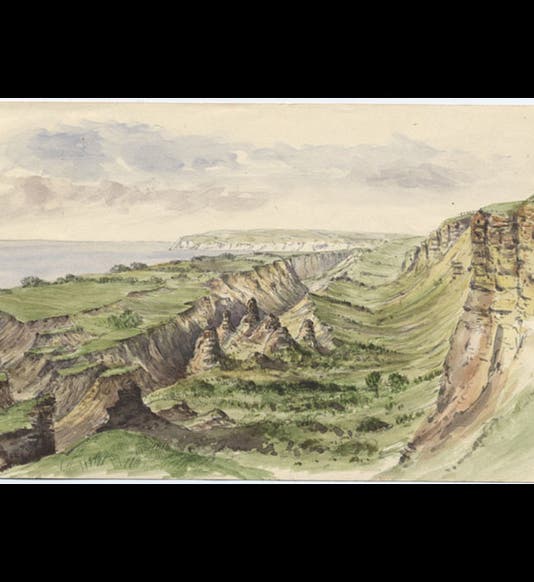
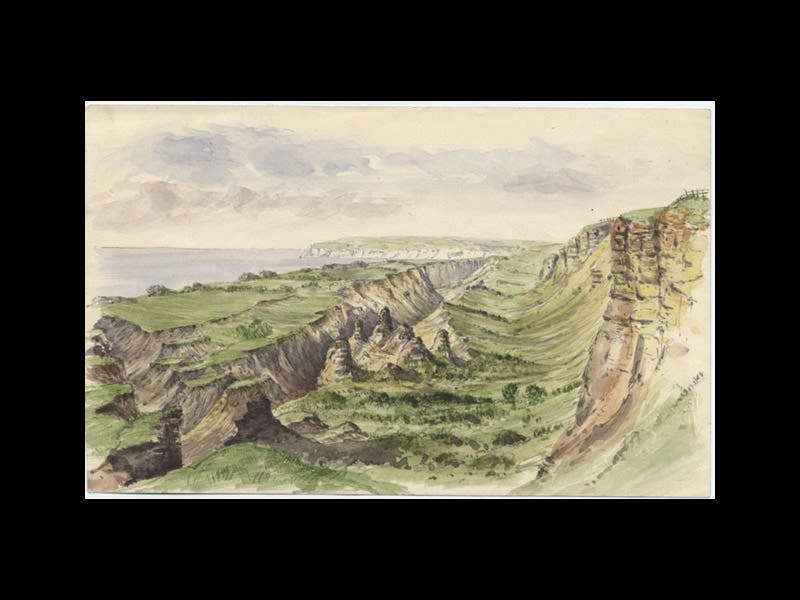
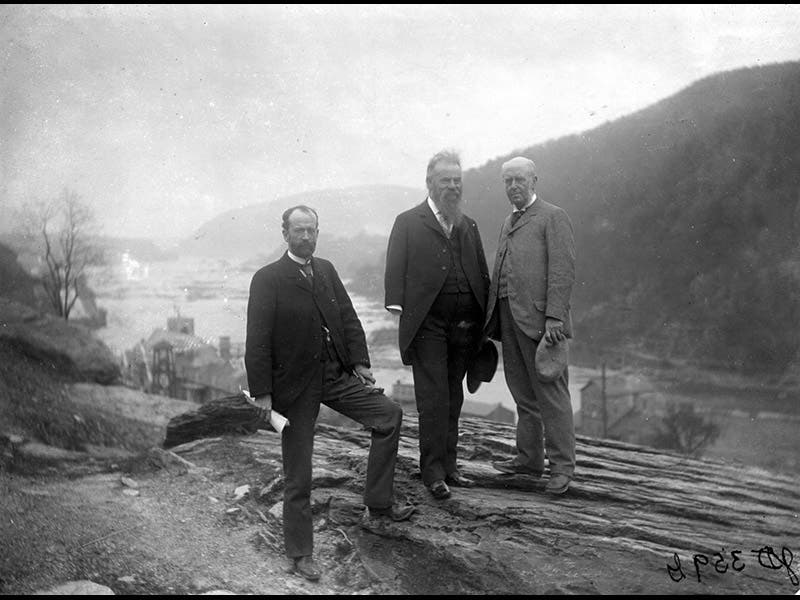
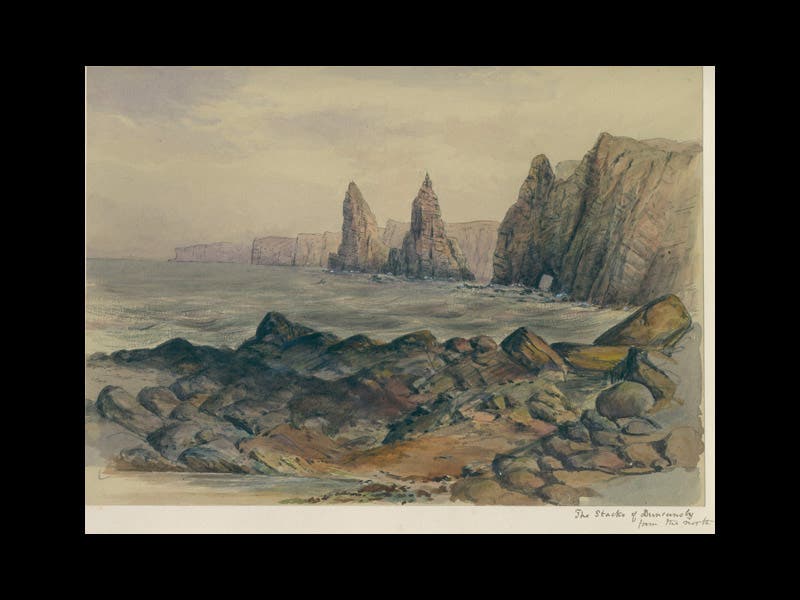


![Using an astrolabe to measure the depth of a well, woodcut in Elucidatio fabricae vsusq[ue] astrolabii, by Johannes Stöffler, 1513 (Linda Hall Library)](https://preview-assets-us-01.kc-usercontent.com:443/9dd25524-761a-000d-d79f-86a5086d4774/a998eb50-55d2-4a88-ace2-a50aa5fa86e7/Stoffler%201.jpg?w=210&h=210&auto=format&fit=crop)

